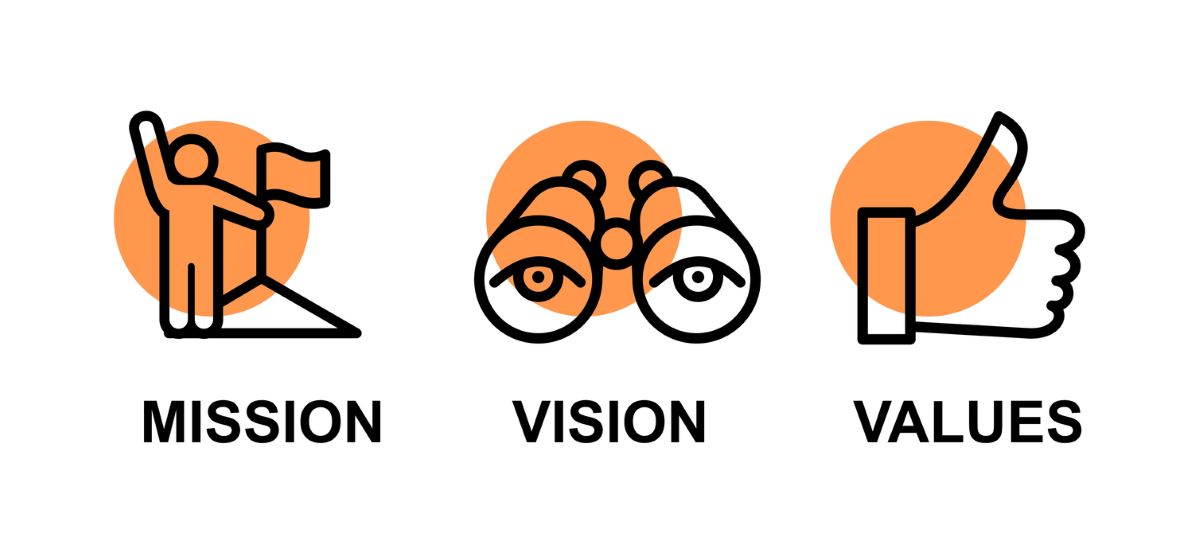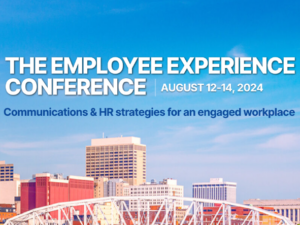3 tips to keep and attract talent amid chaos
Competition for workers is skyrocketing. Here’s how to keep your current employees engaged—and attract prospects who are the best fit for your organization.

These are disruptive times.
Return-to-work plans are in disarray, and employees are leaving jobs at an unprecedented rate in pursuit of opportunities more aligned with their values.
So how do you attract top talent who are rethinking their personal and professional priorities? Answer: Do the same thing.
Here are three ways to rally current and future employees around a greater purpose. These tips are featured in the New Employer Branding Ideas training video now on Ragan Training, with insights from Carmella Melton, director of internal communications and employment brand at Blue Cross NC:
1. Revisit and refresh your purpose.
“As an 88-year-old company, we’ve always been committed to diversity equity and inclusion,” Melton says. “But we saw this past year that we’re facing a great opportunity to really ramp up and draw a strong connection to the impact that racism has on our health and our communities.”
One way the organization did that was by streamlining its mission and vision.
“People want to connect with their workplace and want to know that their work has meaning,” Melton explains. “So we got crisper with our purpose statement and rewrote it around who we really are, what we believe—and how we’d like to make a difference.”

2. Get flexible about flexibility.
With the talent wars in full force, more organizations are making adjustments to accommodate a long-term shift toward a hybrid workplace.
“It’s not just a pandemic thing,” Melton confirms. “It’s an employer branding necessity. Even our company is moving toward offering more flexibility by posting fulltime remote jobs.”
It doesn’t end there. For Melton’s team, flexibility also opens things up geographically.
“We’ve expanded where we recruit,” she explains. “It’s no longer just North Carolina. We’re now hiring people from out of state—and they don’t have to move. By being more flexible, we’re also more competitive from a recruiting standpoint.”
3. Address social justice.
“You can’t ignore the issues employees are struggling with,” says Melton. “You have to show you’re engaged and aligned with their concerns—even social justice issues.”
For example, Blue Cross NC’s new CEO, Tunde Sotunde, joined a week after George Floyd’s murder.
“We instantly shared an internal post about it, and he wrote a personal note acknowledging the trauma of employees,” Melton says. “That really set the tone, and we later made a larger public statement linking race issues with disparities tied to healthcare access.”
Brian Pittman is the Dean of Ragan Training and a Ragan Communications event producer. For more information about Ragan Training, contact him at brianp@ragan.com.







